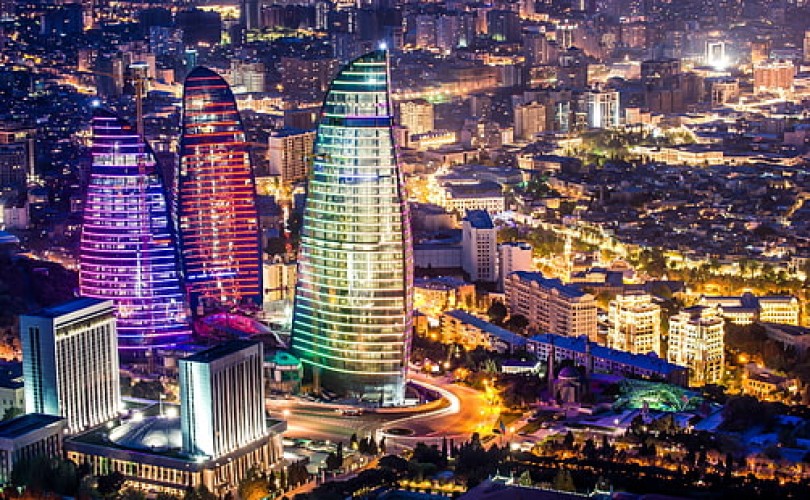Description
Plumeria: The Tropical Beauty with a Sweet Fragrance
Plumeria, also known as frangipani, is one of the most iconic and beloved flowers in the tropical and subtropical regions of the world. Known for its vibrant colors, delicate petals, and intoxicating fragrance, plumeria is not only a stunning addition to gardens but also holds deep cultural significance in various parts of the world. Whether adorning the leis of Hawaii, blooming in Southeast Asia, or thriving in the Caribbean, plumeria's beauty and symbolism make it a flower that captures hearts everywhere.
What is Plumeria?
Plumeria is a genus of flowering plants in the family Apocynaceae, native to the Caribbean, Central America, and parts of Mexico. The name "plumeria" was given in honor of the French botanist Charles Plumier, who studied the plant during his travels to the Caribbean in the 17th century.
Plumeria flowers are known for their distinctive, frilly petals that often have a waxy texture. The flowers come in various colors, including white, pink, yellow, red, and orange, often with a striking contrast of hues. These flowers grow on shrubs or small trees that can reach up to 10-15 feet (3-4.5 meters) in height, with clusters of flowers blooming at the tips of their branches.
A Symbol of Beauty, Relaxation, and Culture
In addition to its striking appearance, plumeria holds various meanings and symbolic associations across different cultures:
Hawaiian Culture
In Hawaii, plumeria is perhaps most famously known for its use in leis, traditional Hawaiian garlands given to visitors, loved ones, and tourists. The plumeria flower holds a special place in Hawaiian culture, symbolizing beauty, grace, and aloha (the spirit of love and kindness). The fragrance of plumeria is deeply linked to relaxation, making it a popular flower in Hawaiian spas and resorts.
The flower's color also carries meaning:
- White Plumeria: Purity, new beginnings, and a sense of peace.
- Pink Plumeria: Love, affection, and admiration.
- Yellow Plumeria: Friendship, joy, and positivity.
A plumeria in the hair is also a common symbol for women in Hawaii, with the position of the flower denoting different messages. A flower behind the left ear generally signals that the woman is in a relationship, while a flower behind the right ear indicates that she is available and open to new connections.
Indian Culture
In India, plumeria is known as “Champa” or "Frangipani" and holds spiritual significance. It is often associated with divinity and is commonly seen in temples, particularly as an offering to gods like Vishnu and Shiva. In Hinduism, the plumeria is revered for its symbolic representation of immortality, as the flowers bloom profusely and seem to thrive effortlessly.
Southeast Asia
Across Southeast Asia, plumeria is often seen in gardens and used in religious rituals. The flower represents immortality and purity in Buddhist and other Southeast Asian cultures. It is used in traditional medicine as well, where extracts from the plumeria’s leaves and flowers are sometimes used for their calming and healing properties.
Growing Plumeria: Tips for a Thriving Plant
Plumeria is a tropical plant that thrives in warm climates, making it a popular choice for gardens in tropical and subtropical regions. However, with the right care, it can also be grown in other areas, including temperate climates, where it is typically grown in pots and brought indoors during the colder months. Here's how to grow and care for plumeria plants:
1. Climate and Location
Plumeria needs a warm, tropical or subtropical climate to grow best. It thrives in temperatures between 65-85°F (18-30°C). In colder regions, plumeria can be grown in pots and brought inside during the winter months to protect it from frost.
- Sunlight: Plumeria loves full sun and should be planted in a location where it gets at least 6 hours of direct sunlight per day. Adequate sunlight encourages healthy blooming and strong growth.
- Soil: Plumeria prefers well-drained, slightly acidic soil. If you’re growing it in a pot, use a cactus or succulent mix to ensure good drainage.
2. Watering and Fertilizing
Plumeria is drought-tolerant but requires regular watering during its active growing season (spring and summer). The key is to keep the soil moist but not soggy. During the winter months, the plant’s growth slows down, and it needs less water.
- Watering: Water deeply, but make sure the soil dries out between waterings. Avoid letting the plant sit in water, as this can lead to root rot.
- Fertilizing: Plumeria benefits from a balanced, low-nitrogen fertilizer. Fertilize every month during the growing season to promote blooming and healthy growth. Once the plant enters dormancy in the winter, reduce or stop fertilizing.
3. Pruning and Propagation
Plumeria can be pruned to maintain its shape and encourage bushier growth. Pruning should be done after the plant has finished blooming, usually in the late fall or early spring.
- Cuttings: Plumeria can be propagated easily from cuttings. Simply cut a 12-18 inch section of a healthy branch, let it callous over for a few days to prevent rot, and then plant it in well-drained soil. The cutting should root in a few weeks, and with proper care, you’ll have a new plumeria plant.
4. Temperature and Winter Care
Plumeria is sensitive to cold temperatures and will not survive frost. In colder climates, it’s essential to bring the plant indoors or plant it in a pot so it can be moved inside during winter. Even in tropical climates, temperatures below 50°F (10°C) can damage the plant, so be mindful of sudden cold snaps.
Plumeria in Landscaping and Decor
Plumeria is a popular choice for landscaping due to its fragrant, colorful flowers and ease of care. Here are a few ideas for incorporating plumeria into your outdoor space:
- Garden Beds and Borders: Plumeria makes an excellent addition to garden beds or as a flowering hedge. Its fragrant flowers attract butterflies, making it a great choice for pollinator-friendly gardens.
- Containers: Plumeria’s compact size makes it suitable for container gardening. It can be placed on patios, balconies, or in areas where space is limited.
- Tropical Gardens: Plumeria pairs beautifully with other tropical plants like hibiscus, palm trees, and bougainvillea, adding to the exotic appeal of your garden.
- Indoor Decor: In colder climates, plumeria can be grown indoors in pots. Its fragrant blooms can be a lovely addition to your home or office during the blooming season.
Conclusion: A Flower of Timeless Beauty
Plumeria is more than just a beautiful flower; it’s a symbol of elegance, tranquility, and cultural significance. Whether used in religious ceremonies, worn in the hair, or simply admired in a garden, this tropical beauty captures the essence of paradise. With its enchanting fragrance, vibrant colors, and rich symbolism, plumeria is a flower that will continue to captivate and inspire generations of admirers.
If you're lucky enough to live in a climate where plumeria can thrive, consider adding this stunning flower to your garden or home—it’s sure to bring a touch of tropical elegance and an unforgettable fragrance to your space.
Amenities (Facilities)
- Tour packages
- Travel Arrangements
Photos
Contact Information
| Address |
562, Kaloor - Kadavanthara Rd, Kathrikadavu, Kaloor, Kochi, Ernakulam, Kerala 682017 |
| Phone Number |

+91 9072772772 |

+91 9995864858 |
|
| Email Address |
info@plumeriaholidays.com |
| Website // URL | https://www.plumeriaholidays.com |




